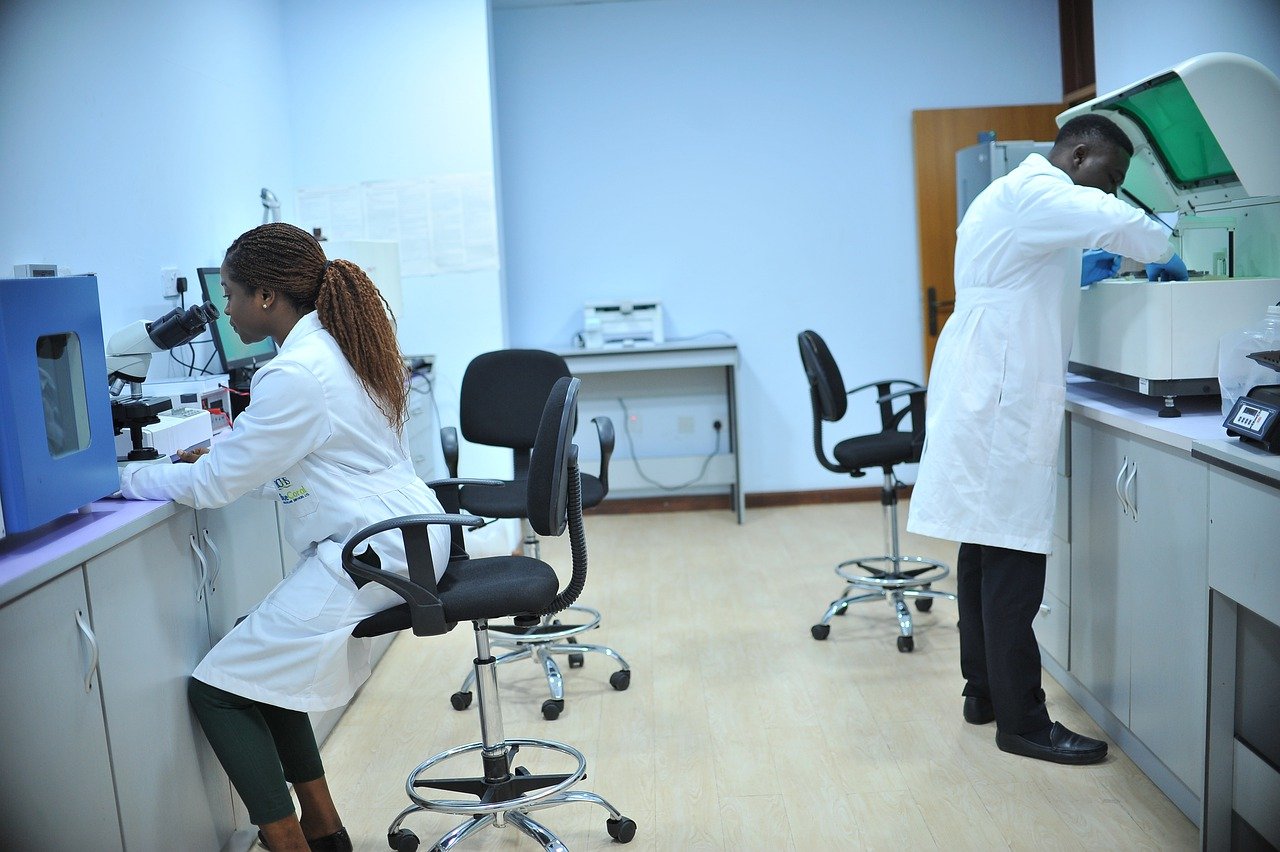
7 Signs You Might Have Prediabetes and What to Do Next
Understanding prediabetes is crucial in taking control of your health before it escalates into type 2 diabetes. According to the Centers for Disease Control and Prevention (CDC), more than 88 million American adults have prediabetes, yet many remain undiagnosed. This article will guide you through the signs of prediabetes and actionable steps you can take if you suspect you have it.
What is Prediabetes?
Prediabetes is a condition where your blood sugar levels are higher than normal but not high enough to be classified as type 2 diabetes. This condition increases the risk of developing type 2 diabetes, heart disease, and stroke. The good news is that lifestyle changes can significantly reduce these risks.
7 Signs You Might Have Prediabetes
1. Increased Thirst and Frequent Urination
One of the early signs of prediabetes is increased thirst and frequent urination. This occurs because excess glucose in the bloodstream pulls water from the body’s tissues, making you feel thirsty and causing you to urinate more often.
2. Fatigue
If you’re feeling unusually tired, it might be due to prediabetes. When your body’s cells don’t get enough glucose, it can leave you feeling drained and lethargic.
3. Blurred Vision
High levels of blood sugar can cause the lenses in your eyes to swell, resulting in blurred vision. If you notice changes in your vision, it could be a sign of prediabetes.
4. Slow-Healing Sores or Frequent Infections
High blood sugar levels can impair your body’s natural healing process and immune response. If you find that cuts and bruises take longer to heal or you frequently battle infections, it may be time to consult with a healthcare professional.
5. Unexplained Weight Loss
While losing weight without trying might sound appealing, it can be a warning sign of prediabetes. When your body can’t properly use insulin, it starts to break down muscle and fat for energy, leading to weight loss.
6. Tingling or Numbness in Hands and Feet
Nerve damage caused by elevated blood sugar levels can result in tingling or numbness in your extremities, a condition known as peripheral neuropathy.
7. Darkened Skin Areas
Known as acanthosis nigricans, this condition manifests as dark, velvety patches on the skin, particularly in the neck, armpits, and groin. It is often a sign of insulin resistance, a precursor to prediabetes.
What to Do if You Suspect You Have Prediabetes
1. Get Tested
The first step is to confirm your suspicions by getting tested. Common tests include the A1C test, fasting plasma glucose test, and the oral glucose tolerance test. Consult your healthcare provider to determine the most suitable test for you.
2. Adopt a Healthy Diet
Focus on a balanced diet rich in fruits, vegetables, whole grains, and lean proteins. Limit your intake of sugary beverages, processed foods, and high-fat meats. Consider consulting a dietitian for personalized advice.
3. Increase Physical Activity
Regular exercise can help lower blood sugar levels and improve insulin sensitivity. Aim for at least 150 minutes of moderate aerobic activity, such as brisk walking, each week, along with muscle-strengthening exercises twice a week.
4. Maintain a Healthy Weight
Losing as little as 5-7% of your body weight can significantly reduce your risk of developing type 2 diabetes. Set realistic goals and track your progress to stay motivated.
5. Monitor Your Blood Sugar
Keep track of your blood sugar levels to understand how different foods and activities affect them. This information can help you make more informed choices about your health.
6. Manage Stress
Chronic stress can negatively impact your blood sugar levels. Practice stress-reducing activities such as yoga, meditation, or deep breathing exercises.
7. Avoid Smoking and Limit Alcohol Consumption
Smoking and excessive alcohol consumption can increase your risk of developing diabetes and other health issues. Seek help if you need assistance quitting smoking or cutting back on alcohol.
Conclusion
Prediabetes is a warning sign that should not be ignored. By recognizing the symptoms early and making lifestyle changes, you can prevent the progression to type 2 diabetes and improve your overall health. Remember, knowledge is power, and taking action today can lead to a healthier tomorrow.
